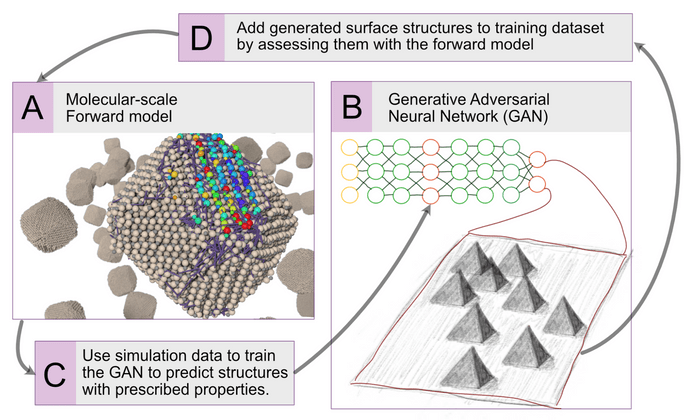There is an enormous need for materials with specific properties that are important for sustainable energy applications, for example, materials that reduce friction or wear, light but strong materials that reduce weight, or degradable materials with controlled lifetimes. But how can we design materials with specific properties?
In this project, you will develop machine-learning based methods to understand and optimize nanoscale material structures with specific properties. You will learn to use molecular dynamics simulation methods to determine the properties for a given structure. However, these simulations are computationally demanding and there are simply too many possible structures to search through them all. Instead, you will use the simulations to generate data that is used to train machine learning methods (neural networks) to predict the properties from the structure. The machine learning methods allow rapid classification of many candidate structures in order to find materials with particular properties. The methods also open new alleys for the study of emergence and complexity - pointing the way to new approaches to innovation and discovery in materials science and physics.
You will work in an interdisciplinary environment with physicists, artificial intelligence researchers and geoscientists, with long experience in interdisciplinary collaborations. The project may include collaborations with the Collaboratory for Advanced Computing and Simulations at University of Southern California.
Requirements
- Msc in physics, materials science or artificial intelligence.
- Candidates with documented experience in statistical or computational physics, scientific programming, molecular dynamics simulations, and experience from machine learning will be prioritized.
Supervisors
Professor Anders Malthe-Sørenssen
Call 2: Project start autumn 2022
This project is in call 2, starting autumn 2022.
